This article is part of our digital feature on free-from.
Factory design and layout has evolved to not only prevent contamination of food from pathogens, but to also avoid physical contaminations such as allergens – affecting and evolving best practice hygiene standards in factory design.
John Holah, technical director at Holchem Laboratories, looks at allergen management in factories. John is also chair of the EHEDG Buildings Working Group and a member of the EHEDG Cleaning Validation Working Group.
Simplistically, allergen management can be broken down into three key elements:
1. A knowledge of raw material supply to understand what allergens are present in which raw materials coming into the factory
2. Segregation of raw materials, intermediate and finished products to eliminate cross-contamination between product streams
3. Correct labelling to define what allergens are contained within product packaging
This article briefly describes effective segregation. Microbial hazards such as listeria or salmonella are controlled by segregating the factory into a number of hygiene zones. These have been defined by the European Hygienic Engineering Design Group (EHEDG) as basic, medium and high hygiene areas.
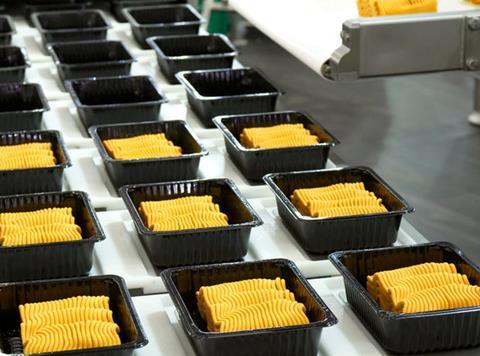
Basic hygiene areas are where raw materials are initially processed (for example, cleaned of field soiling) and where ingredients and finished products are stored (within their packaging), medium hygiene areas are where raw materials are prepared as food ingredients and/or food products are processed and packed and high hygiene areas are for ready-to-eat products, for example, for which a microbiological reduction process is undertaken (heating, frying, roasting, washing etc) prior to further processing and primary packaging.
Non-microbial hazards, particularly allergens but also meat in factories manufacturing products suitable for vegetarians, or DNA to ensure there is, for example, no pork in other meat products in factories processing a number of meat species, may be reduced by:
- Manufacturing in separate locations/factories
- By separation of operations and equipment within the same factory
- By enclosed systems, by partition
- By air flow
- Or by time with effective intermediate cleaning and disinfection
Segregation of allergens within a factory must thus be undertaken via ’horizontal’ segregation of allergenic ingredients throughout as many hygiene zones as necessary to prevent product cross-contamination (figure 1).
Where cleaning and, as appropriate, disinfection is used to segregate allergen-containing from non-allergenic product streams, it is essential that the cleaning process is validated to ensure it effectively manages the allergenic hazard. Validation is a relatively complex process and general guidelines on how it should be undertaken are currently being addressed by an EHEDG Cleaning Validation Working Group. The principles of validation are:
1. Assess the hygienic design of food processing equipment to determine the areas of the equipment that are most difficult to clean
2. Define the characteristics of the cleaning programme, document it and train operatives against it
3. Determine the soiling worst-case scenario. This may be related to the product that is most difficult to remove with the defined cleaning programme or the product that contains the highest level of allergen
4. Decide which allergen to monitor post cleaning, usually via swabbing and analyses via an appropriate ELISA test
5. Undertake validation cleans to ensure cleaning achieves an appropriate target level (for example, below the limit of the tests detection) on at least three occasions
6. Documentation should be prepared following successful validation
7. Validation reviews should be undertaken following any change in ingredients, products, process, equipment or cleaning procedures
Such EHEDG principles on factory design and cleaning validation have been adopted by Holchem to ensure allergens are effectively managed with the food processing environment.
In association with:
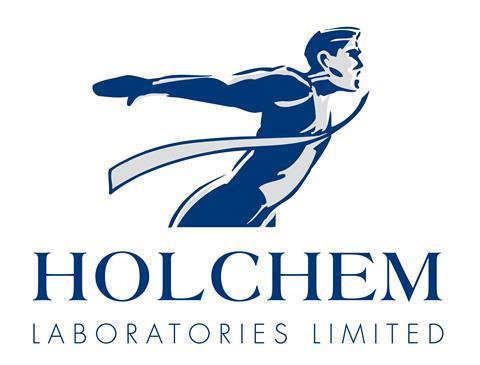
Holchem is the UK & Ireland’s market leader in hygiene technology. Delivering chemical cleaning solutions over the last three decades, Holchem match the specific needs of individual businesses and work with them to develop a tailored solution. They work on developing these solutions for a wide variety of industry sectors including food processing, brewery and beverage , dairy, food service and hospitality, retail and engineering.
10 things you need to know about... Free-from

We’ve quizzed consumers and retailers, trawled the world’s supermarkets to find the hottest new trends and much more. One thing’s clear: the future is free-from. It starts here…
- 1
- 2
- 3
- 4
- 5
- 6
 Currently
reading
Currently
reading
Contamination: breaking down allergen management
- 8
- 9
- 10
- 11















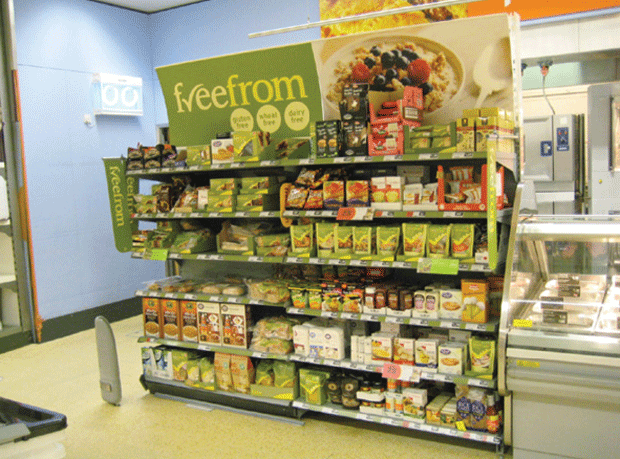












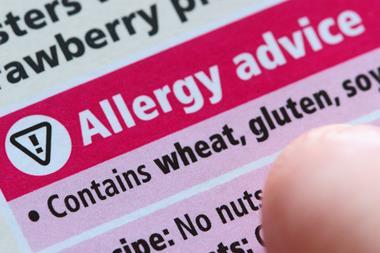

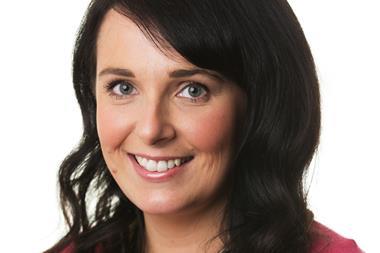


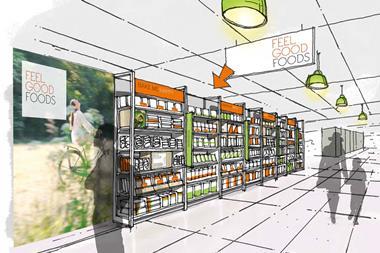






No comments yet